Braid Mission
Blog
In Transition

I am writing about transition this week mostly because we have several teams who are in the midst of a transition. That is, there is a mentor leaving or a mentor joining a team.
There appears to be a section of humanity who handle transitions incredibly well. I recently had to bury a good friend of mine who handled transitions with a “ho-hum” attitude, including his death.
There is a general group of people who have a less easy time with transition. I definitely fall into that category. Even a simple transition from the house to the car in the morning or the office to the ferry in the evening is a process. I will futz around for fifteen minutes engaging in well-honed rituals that denote that I am leaving one zone, crossing a threshold and entering into another zone. I am not even aware that I am doing so. But, those who are sitting waiting for me are very aware.
Transitions are I suppose stressful for me for many reasons, and they require a process and a ritual for me to be able to make the transition into the new.
However, I would argue that regardless of which general category you fall into – one who handles transition relatively well or one who wrestles with transitions – we all involve ourselves in some type of “ritual” that marks the transition. I will have to let you think about your own rituals, most of which you are very likely to be unaware of.
As our teams engage in these transitions, it is worth remembering that some of us deal with transitions well and others of us tend to wrestle with them. And it is worth being aware that there may be areas and places in life where we deal with transition better than others. Where does a Braid team transition fall on that spectrum?
Also, as teams engage in these transitions we ask them to walk with us through the “ritual” that has been designed for these transitions.
We have developed a process that celebrates each member of the team and recognizes all that they have encountered and accomplished together. Our hope is that in this ritual we can give thanks for what was, acknowledge what is, and cast hope for what is to come.
And in all of this we still have our youth, for whom transitions are a way of life and for whom transitions have included real, sometimes unimaginable trauma. The more attentive we can be to our team transition among mentors and facilitators, the more we create a safe space for our youth in that transition.



